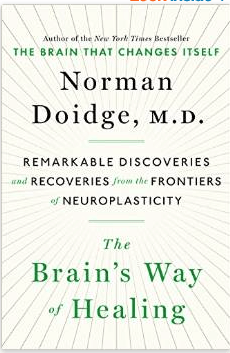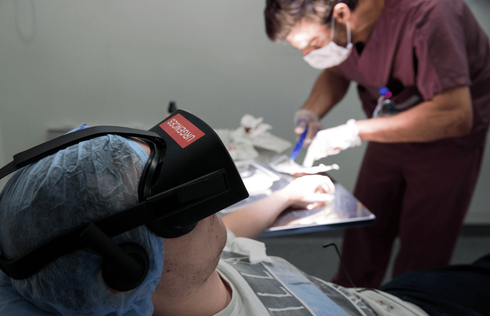Serving Tacoma - Olympia
and The South Sound Region
Our offices are temporarily closed
A Holistic Practice Based on Embodied Neuroscience, Introspective Learning, & Effective Action
NY Times
NY Times
Trying the Feldenkrais Method for Chronic Pain
New York Times columnist Jane Brody recently published an account of how trying Feldenkrais has helped her with hip and back pain:
After two hourlong sessions focused first on body awareness and then on movement retraining at the Feldenkrais Institute of New York, I understood what it meant to experience an incredible lightness of being…..
The Brain’s Way of Healing
Among many books being published on the New York Times bestseller list, “The Brain’s Way of Healing” by Norman Doidge, MD has two excellent chapters on the Feldenkrais Method. Dr. Doidge’s first book, “The Brain that Changes Itself” was a most important foray into exploring the biological and biomedical phenomenon of Brain Neuroplasticity, and how it might apply to the Feldenkrais Method.
Doidge has long been a fervent advocate for the concept of neuroplasticity, the brain’s ability to change itself in response to activity and other stimuli throughout an individual’s life. Here, he relays a series of success stories about how this characteristic has helped alleviate the suffering of patients afflicted by formidable conditions (including Parkinson’s disease, A.D.H.D. and multiple sclerosis).
READ MORE
Virtual Reality as Therapy for Pain
….The method, called Virtual Reality Therapy, goes beyond simple distraction, as might result from watching television. Rather, it totally immerses the patient in an entertaining, relaxing, interactive environment that so occupies the brain, it has no room to process pain sensations at the same time…
If ‘Pain Is an Opinion,’ There Are Ways to Change Your Mind –
All pain is real, but it’s also true that it’s “made by the brain” and that we can exert some control over it.
…..One thing we tend to believe about pain, but is wrong, is that it always stems from a single, fixable source. Another is that pain is communicated from that source to our brains by “pain nerves.” That’s so wrong it’s called “the naïve view” by neuroscientists. In truth, pain is in our brain…
READ MORE
© 2024
Alliant Physical Therapy & Integral Medicine










